Russia’s romantic railroad culture: The making of metallic glass holders for tea

Since 1892 metallic holders for tea glasses on Russian trains have been supplied by a manufacturer located in Kolchugino, a small town 130 km east of Moscow. At the end of the 19th
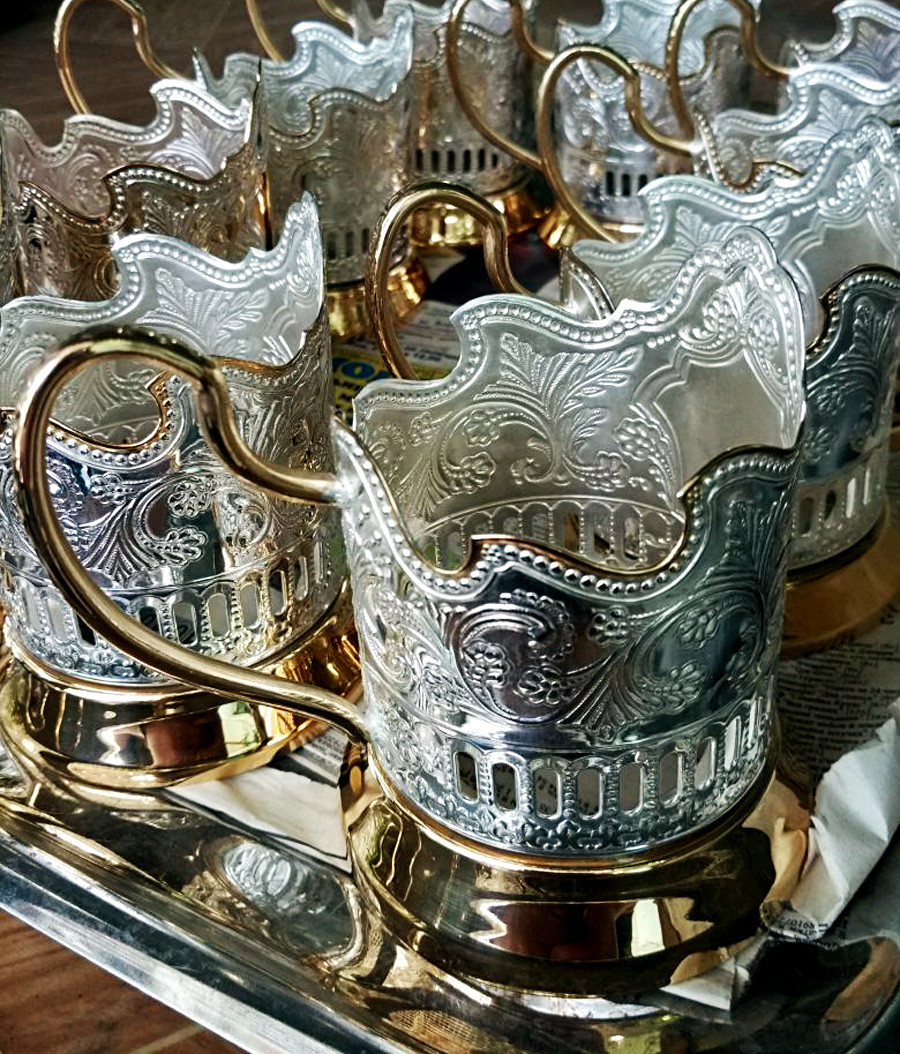
The metallic holders, which originally appeared as a household item together with the samovar, were standardized and made from brass, copper
Teatime with Stalin
Making a metallic holder has 15 stages, beginning with a 20-cm- thick metal ribbon that is rolled. A special press cuts it into plates, and then the contour of the bottom is cut and a design engraved on it. The frames are left empty, which is where the picture appears later. “The professional term used for these frames, as if for a photo, is ‘windows.’ For
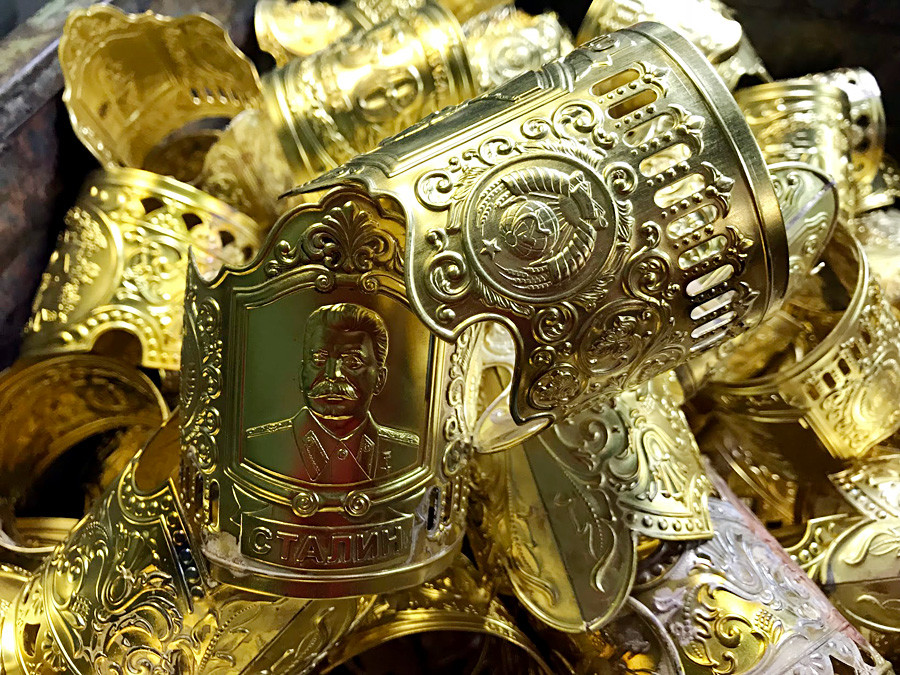
Customers prefer holders with images of shrines, churches
“For the most part, the holder is associated with the Soviet era, and that’s why there’s much interest in the Soviet leader’s image,” say workers in the factory.
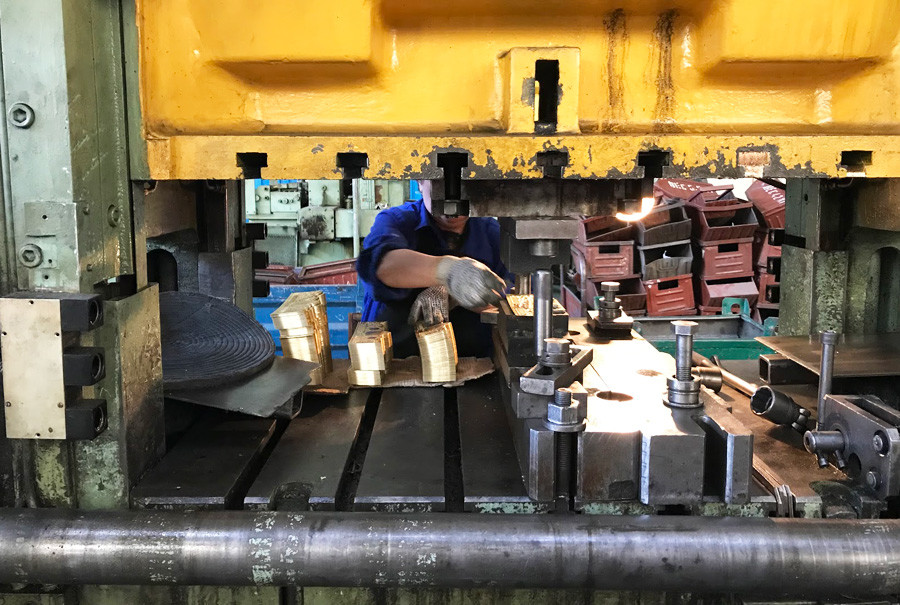
The Kolchugino manufacturer, however, does not produce holders with images of Putin. “In order to use the current head of state’s portrait we need to go through many formalities. These are not souvenir jerseys made by a private individual, but rather items made by the official supplier. That’s why there are so many complications,” said Goryachev.
Manual labor
Images on the metallic holder are engraved. They are first highlighted with chalk so that the setter can quickly find the necessary motif. In one eight-hour shift workers can make more than 3,000 plates, but it takes an entire month to make one engraved drawing. Engraver Anatoly Alyoshin has been doing this difficult and meticulous work for almost 40 years.

“Previously, everything was done manually. We would make a layout on the metallic disc, then transfer a drawing onto it using tracing paper and finally engrave it on the metal, selecting the background and adding the flowers. Today, computer technologies have replaced the tracing paper, but we still finish the stamping manually so that the impression is clearer,” he said.
Anatoly makes working instruments and creates motifs for the holders. Often for
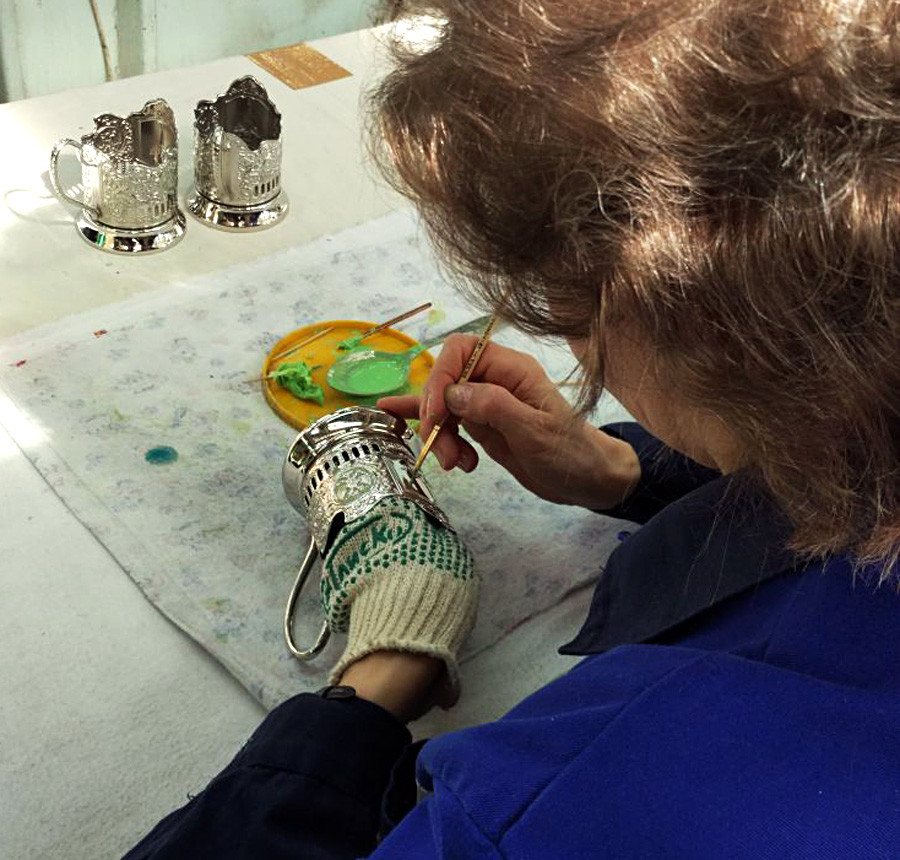
“Metal is metal. We leave the subject so that it is recognized, but the details are changed. For example, we enlarge a tiny ornament, or make the people’s faces larger so that they’re visible and the drawing is more readily perceived,” said Alyoshin.
Sometimes, the manufacturer receives readymade designs, which still must be perfected. “Without some manual
A tub with gold
After the pattern is engraved, the holder pieces are rolled into a cylinder and soldered, and then the tray is added. The handle is cut from a bar, and a pattern placed on it. Next, it’s bent, etched and soldered onto the base.
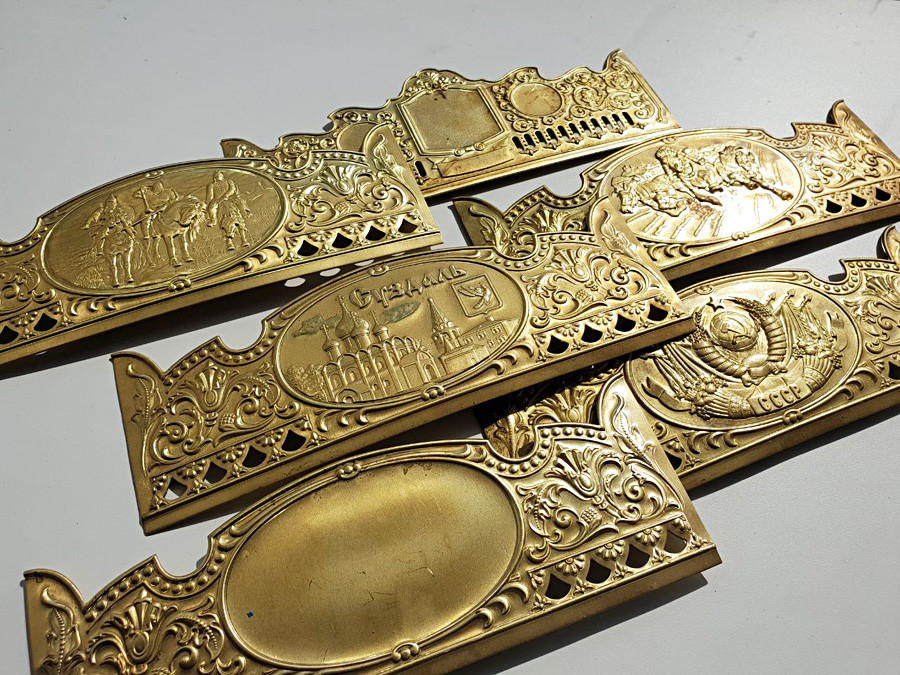
Think the holder is ready? Well, think again. It still needs to be polished and glazed. One of the possibilities is silvering in special tubs, into which the holders are lowered with the help of a “hanger” that has many hooks. After this, the holders can also be gold-plated. Masters use brushes of various thicknesses to varnish those parts that remain untouched, and then the holders are lowered into a small tub of gold. Dip it a few times and one of the most beautiful and expensive holders is ready.
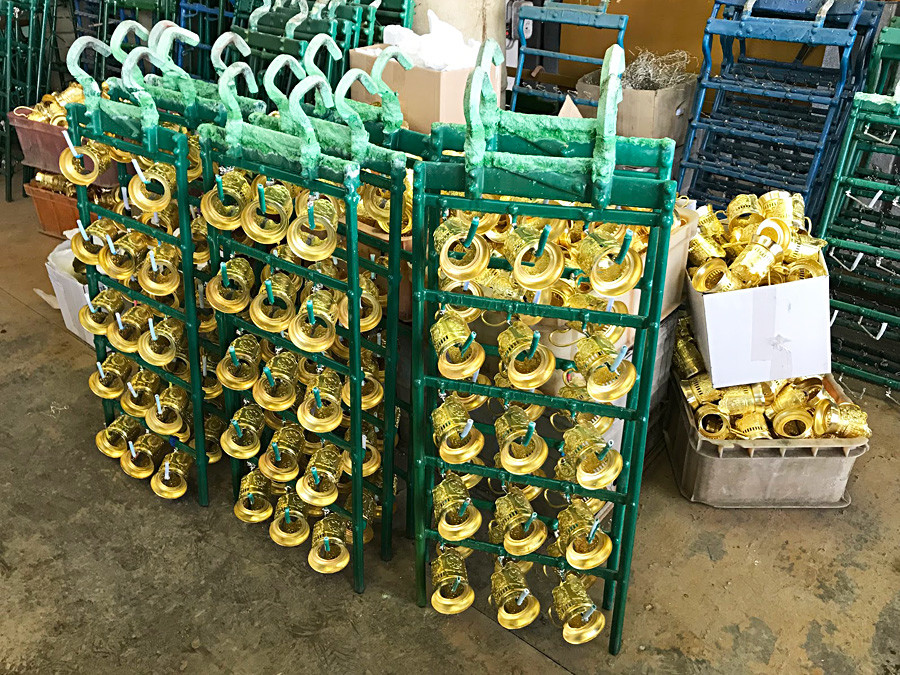
Holders sell for between 700 and 7,000 rubles, depending on the material used. They’re sold without the glass and spoon in brand stores in the cities of Vladimir and Yekaterinburg, as well as in souvenir shops, and come with the factory’s trademark, “Kolchyginsky
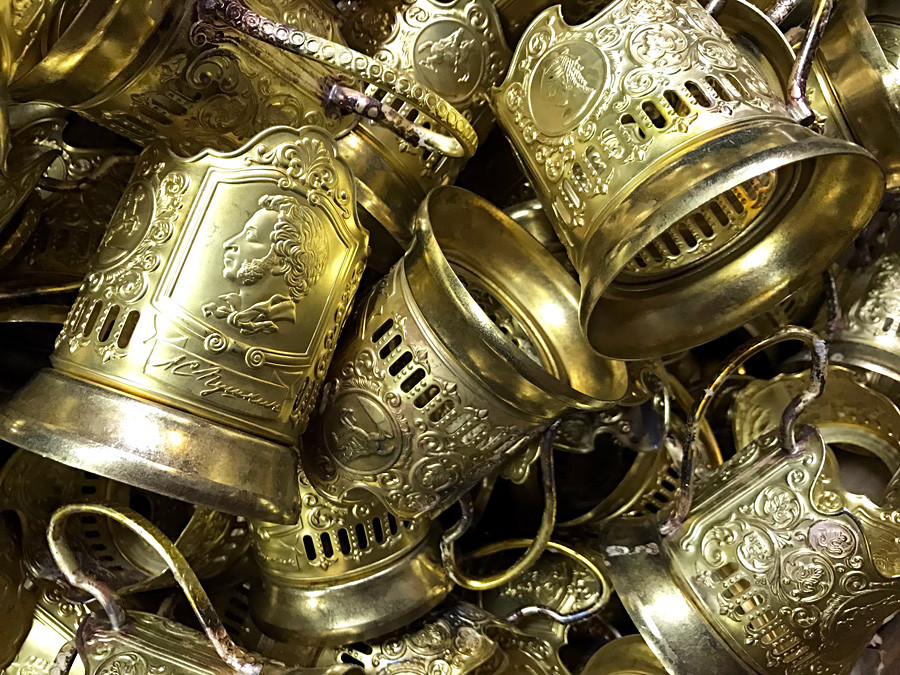
If using any of Russia Beyond's content, partly or in full, always provide an active hyperlink to the original material.
Subscribe
to our newsletter!
Get the week's best stories straight to your inbox